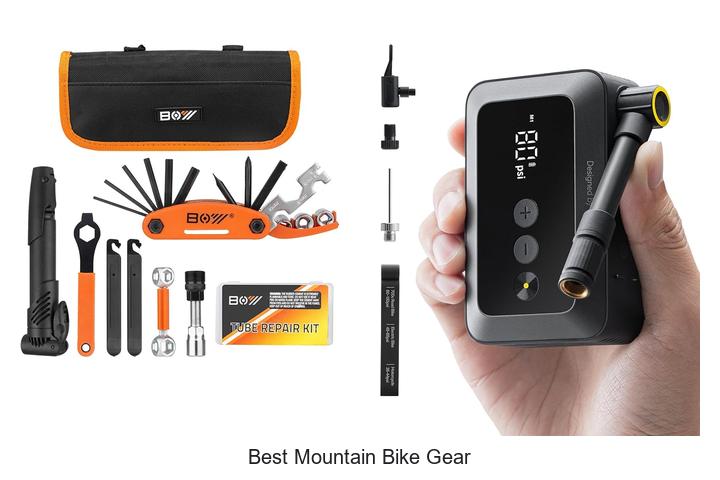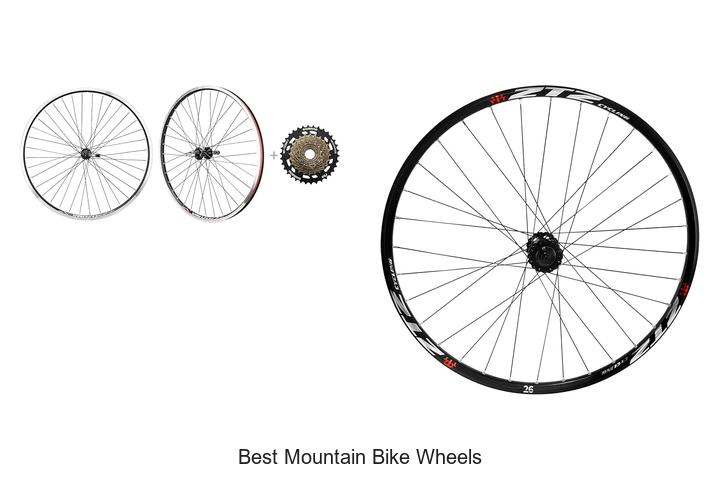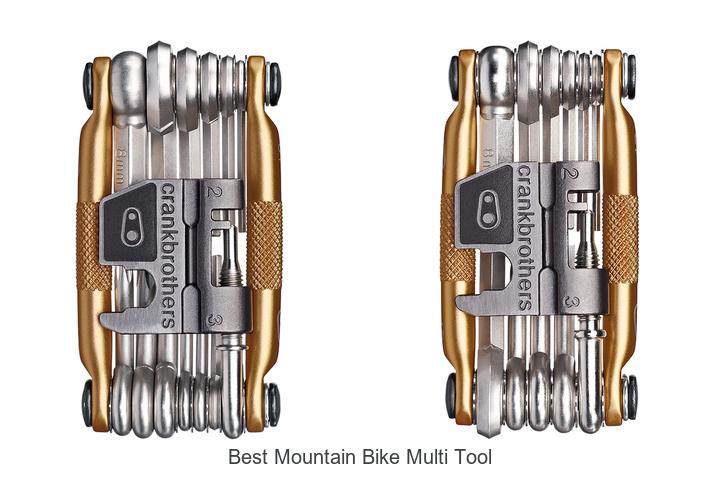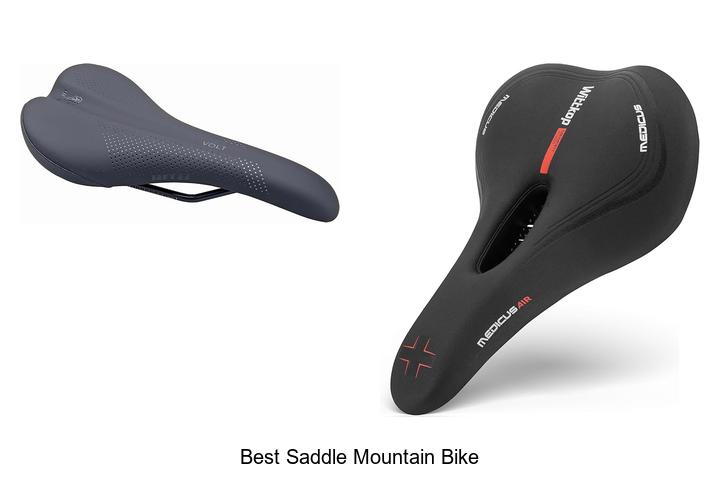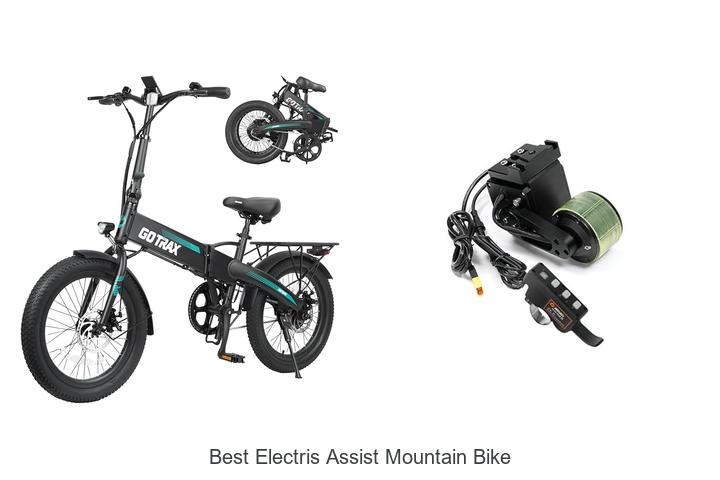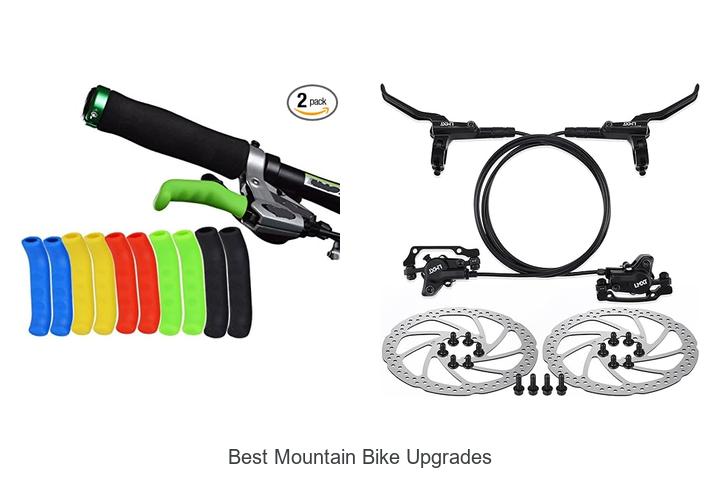What Is a Hardtail Mountain Bike? Key Features & Benefits Explained
Key Takeaways
- Hardtail mountain bikes feature a front suspension fork and a rigid rear frame, offering a lightweight and efficient ride ideal for cross-country and smoother trails.
- Their design improves pedaling efficiency and climbing by providing direct power transfer while absorbing front-end shocks for better control.
- Hardtails are generally more affordable and require less maintenance than full-suspension bikes due to fewer moving parts and simpler mechanical setups.
- These bikes excel on moderate off-road terrain where speed, acceleration, and versatility are prioritized over extreme impact absorption.
- When choosing a hardtail, consider your riding style, typical terrain, and budget to find the right balance of frame materials, suspension travel, and components for your needs.
- Hardtail bikes are a smart choice for new riders or those looking for a durable, responsive mountain bike for varied trail conditions without the complexity of full suspension.
If you’re new to mountain biking or looking to upgrade your ride, understanding what a hardtail mountain bike is can help you make a smart choice. Hardtail bikes feature a suspension fork in the front but have a rigid rear end, offering a unique blend of control and efficiency.
These bikes are popular among riders who want a lightweight, responsive option for cross-country trails or smoother terrain. Knowing the basics of hardtail mountain bikes will help you decide if this style matches your riding needs and goals.
What Is a Hardtail Mountain Bike?
A hardtail mountain bike features a front suspension fork combined with a rigid rear triangle. You get shock absorption from the front fork, improving control on rough terrain, while the rear stays stiff for efficient power transfer. You benefit from lighter frame weight compared to full-suspension models, enhancing climbing and acceleration. You find hardtail bikes ideal for cross-country riding, singletrack trails, and moderate off-road conditions. You experience less maintenance due to fewer moving parts in the rear suspension. Manufacturers equip hardtails with durable components such as wide tires and robust brakes to handle diverse trail challenges.
Key Features of Hardtail Mountain Bikes
Hardtail mountain bikes combine specific design elements to deliver efficient performance on varied trails. Understanding their frame design, suspension, weight, and durability helps you make an informed choice.
Frame Design and Suspension
Hardtail mountain bikes feature a sturdy frame with a suspension fork at the front and a rigid rear end. This design enhances control and comfort by absorbing shocks on rough terrain while keeping the rear stiff for effective power transfer. Frames typically use lightweight materials like aluminum or carbon fiber, optimizing responsiveness without sacrificing strength. The lack of rear suspension reduces mechanical complexity, lowering maintenance demands and improving pedaling efficiency on smooth to moderately rough trails.
Weight and Durability
Hardtail bikes generally weigh less than full-suspension models due to the absence of rear shock components. This lighter weight improves acceleration and climbing efficiency. Manufacturers use durable materials and reinforced welds in frame construction to withstand trail impacts and rough handling. Components such as wide, grippy tires and robust disc brakes further enhance durability and safety, ensuring your hardtail bike performs reliably across diverse trail conditions.
Benefits of Riding a Hardtail Mountain Bike
Hardtail mountain bikes offer distinct advantages that suit various riders and terrains. Understanding these benefits helps you choose the right bike for your adventures.
Versatility and Efficiency
Hardtails excel in versatility by balancing lightweight design and efficient power transfer. You gain greater speed and control on cross-country routes and smooth singletrack trails because the rigid rear frame transmits pedaling energy directly to the wheels. You navigate climbs with less effort compared to full-suspension bikes due to reduced drivetrain loss. Additionally, you adapt easily to different trail conditions since the front suspension absorbs shocks from rough terrain, maintaining traction and stability.
Cost and Maintenance
Hardtail mountain bikes typically cost less than full-suspension models because they use fewer components. You spend less upfront while still accessing durable frames and quality parts suitable for diverse terrains. Maintenance is simpler and less frequent since the absence of rear suspension reduces mechanical complexity. You minimize repair costs and downtime because there are fewer moving parts to inspect or replace regularly. This reliability makes hardtails an economical choice for riders focused on efficiency and ruggedness.
Comparing Hardtail Bikes to Full-Suspension Bikes
Hardtail and full-suspension mountain bikes offer distinct advantages based on their design. Understanding their differences helps you choose the best fit for your riding style and terrain.
Performance Differences
Hardtail bikes provide direct power transfer due to their rigid rear ends, increasing pedaling efficiency on smooth to moderately rough trails. Full-suspension bikes absorb impacts with both front and rear suspension, improving control on technical and rough terrain but adding weight and slightly reducing efficiency. Hardtails accelerate faster and climb more efficiently since they have fewer moving parts. Full-suspension models excel in downhill stability and comfort, reducing rider fatigue over long rides or highly uneven surfaces.
Ideal Riding Conditions
Hardtail bikes suit cross-country routes, singletrack trails, and moderate off-road paths where efficiency and speed prevail over extreme impact absorption. They perform well on climbs and smoother terrain where rigid rear ends maximize power. Full-suspension bikes thrive on technical trails, rocky descents, and rough terrains where rear suspension improves traction and shock absorption. If you ride mostly aggressive or downhill trails, full-suspension bikes offer better control and comfort. If your rides focus on speed and climbing efficiency, a hardtail remains ideal.
Choosing the Right Hardtail Mountain Bike for You
Selecting the ideal hardtail mountain bike depends on understanding your riding habits and balancing your budget with component quality. Focus on key factors to make an informed decision.
Consider Your Riding Style
Identify how and where you ride to match a hardtail bike to your needs. Choose cross-country or trail-oriented models if you prefer faster rides on smoother singletrack or moderate terrain. Opt for a frame geometry that supports your typical riding position—more aggressive for speed, or relaxed for comfort. Evaluate tire width and tread patterns to suit your trails, such as narrower tires for speed or wider, grippier tires for varied conditions. Consider suspension fork travel; shorter travel improves efficiency on smoother trails, while longer travel cushions tougher terrain if your rides demand it.
Budget and Component Options
Set a budget aligning with your riding goals and desired bike longevity. Higher-end models provide lightweight frames made from carbon fiber, premium suspension forks, and advanced drivetrains for precise shifting and durability. Entry-level hardtails generally feature aluminum frames and reliable but simpler components, offering solid performance for beginners or casual riders. Prioritize essential components such as hydraulic disc brakes for consistent stopping power and quality tires suited to your terrain. Allocate funds to components that enhance safety and performance, as upgrading parts later can add unnecessary costs.
Conclusion
Choosing a hardtail mountain bike means opting for a ride that’s efficient, lightweight, and versatile. Whether you’re tackling cross-country trails or smoother singletrack paths, a hardtail offers the control and responsiveness you need without unnecessary complexity.
By understanding your riding style and trail preferences, you can find a hardtail that fits your goals and budget perfectly. With fewer moving parts and durable components, it’s a reliable choice that keeps maintenance simple and performance high.
If you want a bike that balances speed, control, and cost-effectiveness, a hardtail mountain bike is a smart option that delivers lasting value on the trail.
